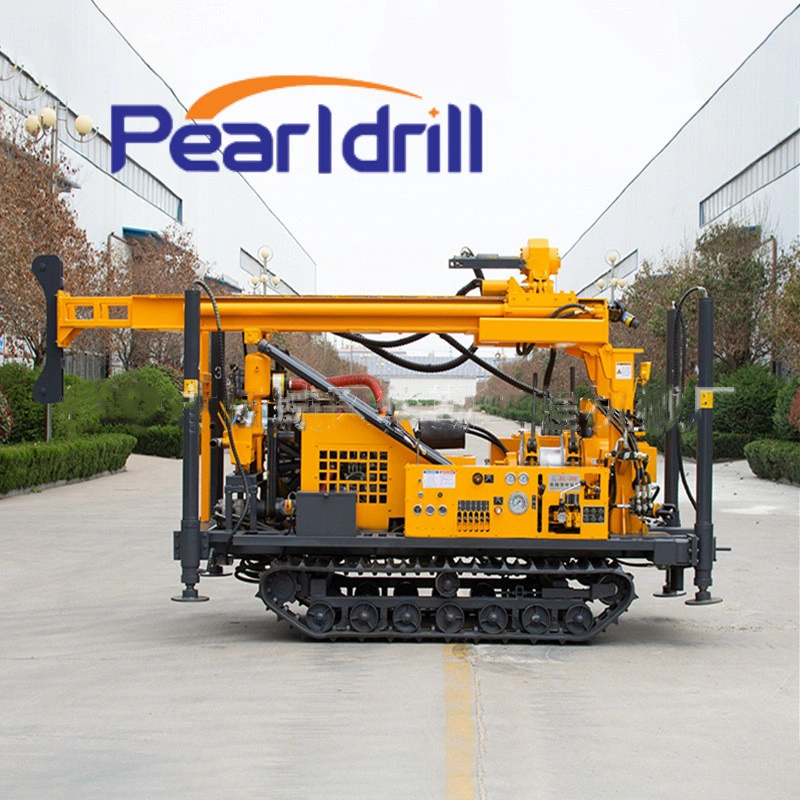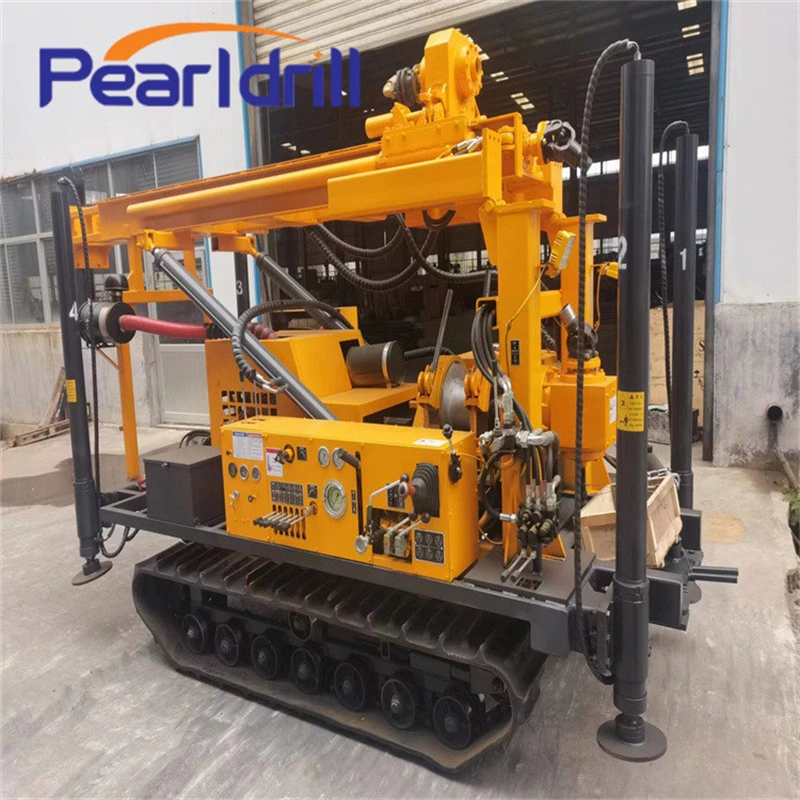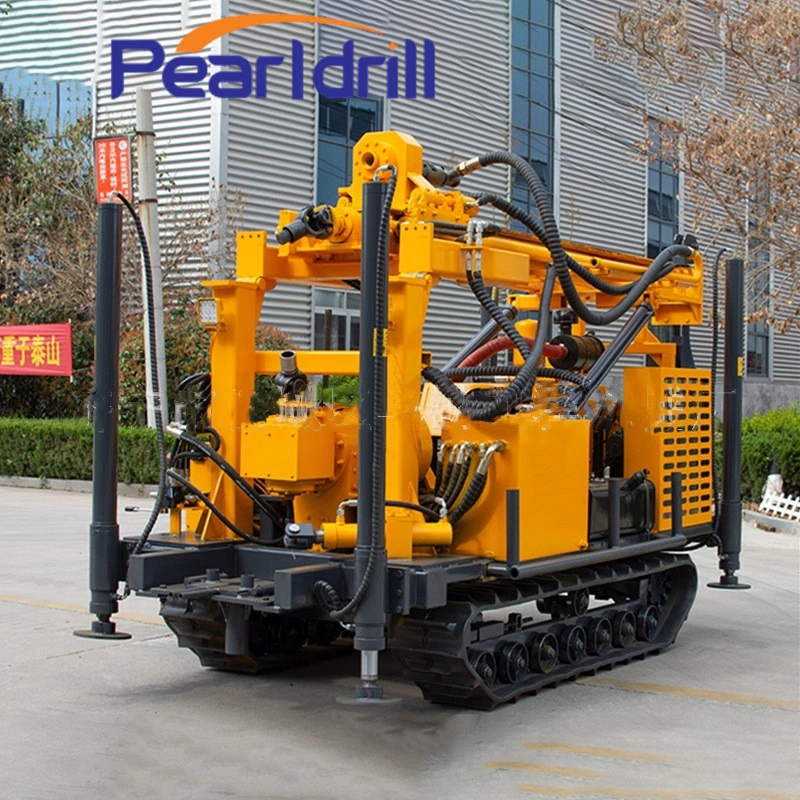Key Considerations for Using Water Well Drilling Rigs in Sandy Strata in 2025
Sandy layers (or loose formations) are one of the most common, yet most challenging formations you'll face when drilling a water well. Unlike hard rock, their loose nature, high permeability, and tendency to flow can easily lead to borehole collapse, stuck drill pipes, and even safety hazards. Therefore, drilling in sand requires a much more cautious and professional approach than standard formations.

1. Pre-Drill Prep – Assessing Risk and Optimizing Equipment
Thorough Geological Survey and Risk Assessment
Before you start the rig, you need all the details you can get. Find out the sand layer's thickness, grain size, groundwater depth, and pressure. This helps you predict where and when a collapse might occur.
Specialized Tooling and Accessories
Surface Casing (Conductor Pipe) & Casing: Make sure you have enough robust surface casing and subsequent casing on hand. This is the most direct physical barrier against shallow sand collapse.
Drill Bit: Go for wingless or short-wing bits to minimize disturbance to the borehole wall.
Mud Pump & Materials: Your mud pump must be high-flow and stable (a "workhorse"). Stock up on high-quality bentonite, CMC (Carboxymethyl Cellulose), and other mud additives.
> Pearldrill Insight: Professional drill rig manufacturers like Pearldrill often configure their water well drills with high-pressure, large-volume mud pumps and pre-set mud mixing system interfaces. This ensures the operator can quickly mix and circulate premium wall-stabilizing drilling fluid.

2. Key Control Points During Drilling
Strict Control Over Penetration Rate (ROP) and Downward Pressure (WOB)
Slow It Down: In loose or flowing sand, you must slow the rate of penetration (ROP). Drilling too fast can cause sudden pressure changes at the bottom of the hole, leading to sand quickly rushing in.
Go Light on Weight: The weight-on-bit (WOB) should be minimal—just enough to keep the string stable. The mud's flushing and stabilizing effect is doing most of the work.
Real-Time Mud Monitoring and Circulation
High Viscosity, Low Fluid Loss: The drilling mud must have high enough viscosity (to suspend sand grains) and a very low fluid loss rate. This quickly forms a strong filter cake on the wall to resist external formation pressure.
Continuous Circulation: Even when stopping to add a new drill pipe, you should keep the mud circulating. This maintains the hydrostatic pressure in the hole, preventing the sand from collapsing when the pressure is momentarily lost.
Set Casing Immediately for Wall Support: For highly unstable sand layers, use casing while drilling or drill in stages and immediately run the casing for physical wall support as soon as you hit a problematic section.
3. Handling Special Situations and Pearldrill Advantages
Preventing a Buried Pipe (Getting Stuck)
If you encounter high-pressure groundwater or quicksand, immediately increase the mud weight (density) and viscosity. High-performance water well rigs from brands like Pearldrill have large hoisting capacities and precise hydraulic systems. This allows the operator to sense changes in drill string drag instantly and perform a quick lift ("pull-out") to prevent the pipe from being completely swallowed by the sand.
Avoiding a Locked Pipe (Stuck from Sediment)
Keeping the borehole straight and clean is crucial. Pearldrill's top-drive rigs provide continuous rotation, eliminating the rotation interruption that happens when adding a rod on traditional rotary rigs. This reduces the risk of cuttings (sediment) settling at the bottom of the hole and causing the pipe to get stuck.
 In Conclusion:
In Conclusion:
Drilling through sand is a technical operation that requires expertise, patience, and the support of high-quality equipment. Operators must strictly adhere to the principle of "Stabilize the wall first, then drill," utilizing the dual protection of high-quality drilling mud and protective casing.
Contact us
I Hope This Article Was Helpful. If You Have Any Other Questions, Please Feel Free To Contact Us.


